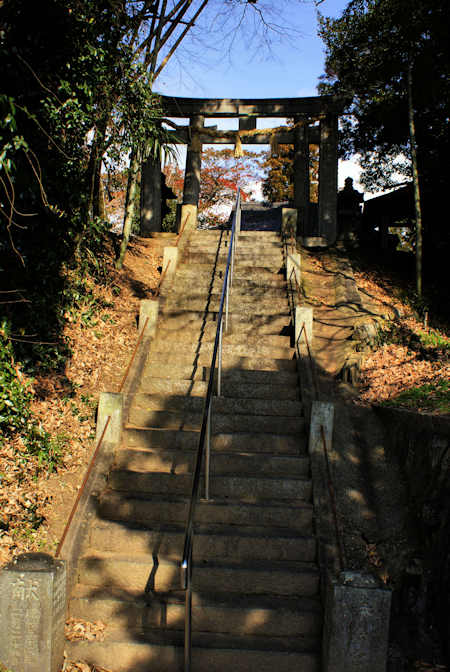Thursday, October 20, 2022
Otoguma Tenmangu
Labels:
komainu,
kyushu108,
Shrine,
sugawara michizane,
tenmangu
Tuesday, October 18, 2022
Shisojima Tenmangu
Many Tenmangu and Tenjin shrines have a statue of an Ox, deriving from the legend that the location of Sugawara Michizane's tomb ( the current main hall of Dazaifu Tenmangu Shrine), was decided by the ox pulling the cart carrying his deceased body.
Monday, October 17, 2022
Nomachi Takano Shrine
Japan Guide
Saturday, October 15, 2022
Ushiki Tenmangu
One way some communities resisted this program was by very quickly enshrining a national kami in the shrine and therefore spared the destruction of the sacred tree. There are examples of this in my own area.
Thursday, October 13, 2022
Ogori Hiyoshi Shrine
Ogori Hiyoshi Jinja
The main building of the Ogori Hiyoshi Shrine had some really nice carvings.
Tuesday, October 11, 2022
Nyoirin-ji-Temple-3 on the Kyushu Pilgrimage
I had wanted to speak with the priest as his son had told me that he had walked this pilgrimage, but it was early January and was very crowded. The temple is also popular in July when the grounds are filled with wind chimes.
The temple is most famous for its collection of thousands of frog statues and has the nickname Frog Temple.
Earlier I posted photos of the many Fudo Myo statues here.
Sunday, October 9, 2022
Frog Temple Nyoirin-ji
Frog Otera
previously I posted on the wide variety of Fudo Myo statues here at Nyoirinji, and next, I will post on the temple's history and other attractions.
Subscribe to:
Posts (Atom)

































































